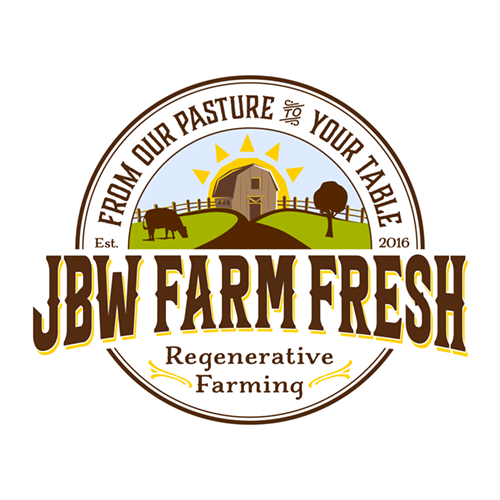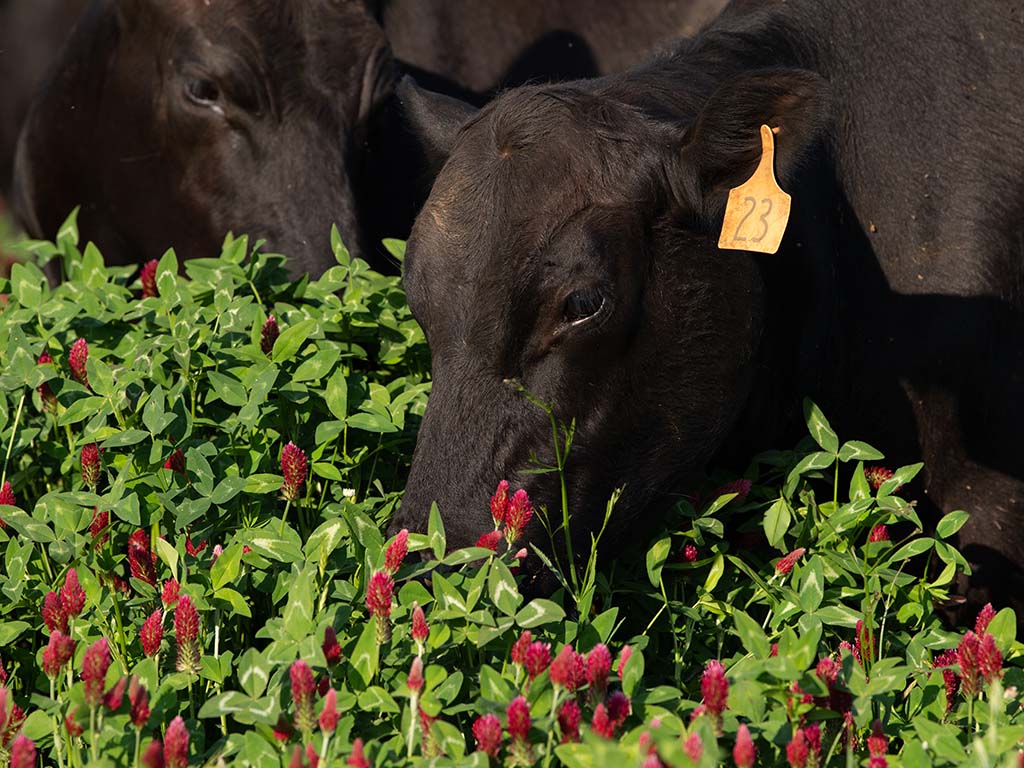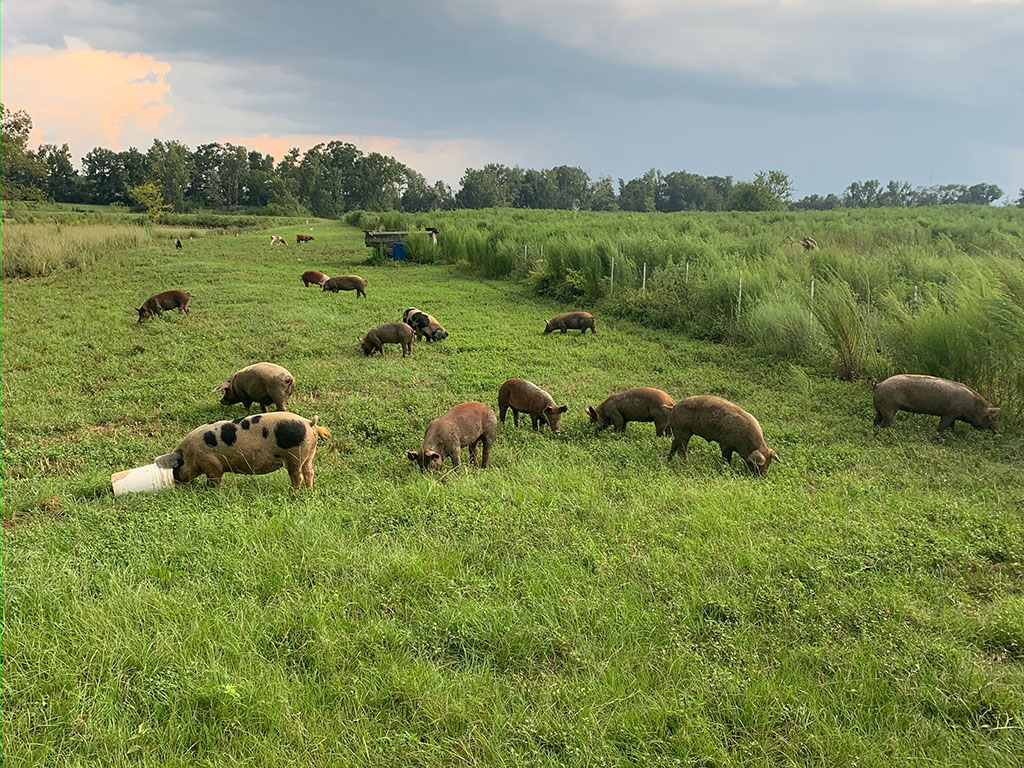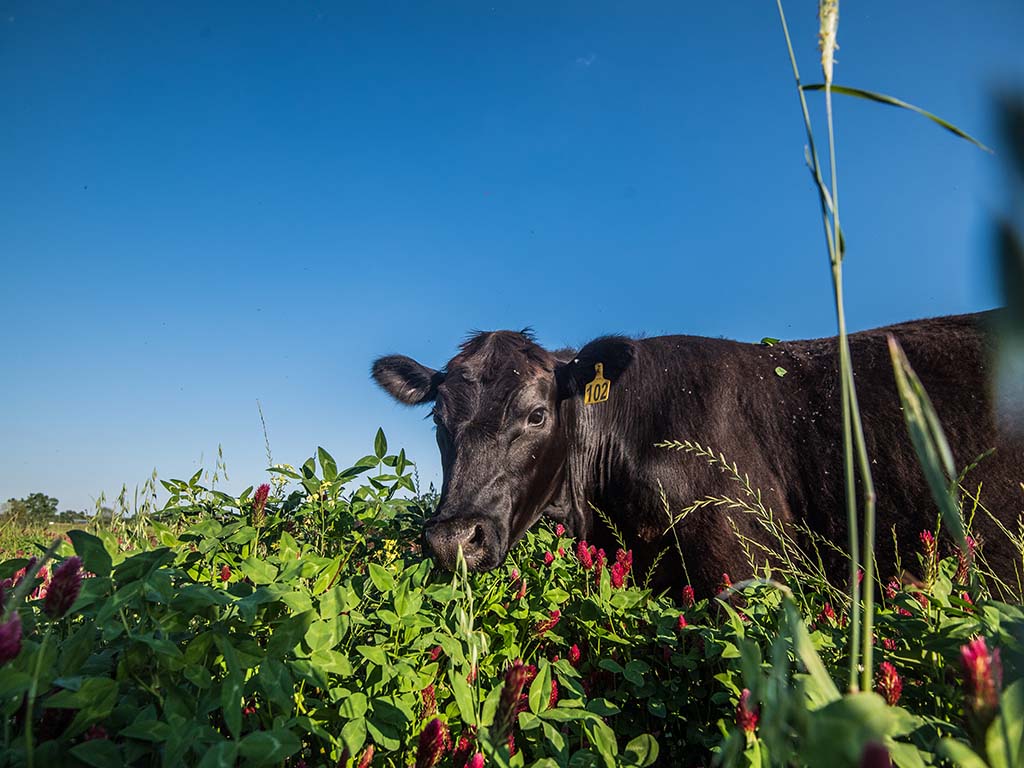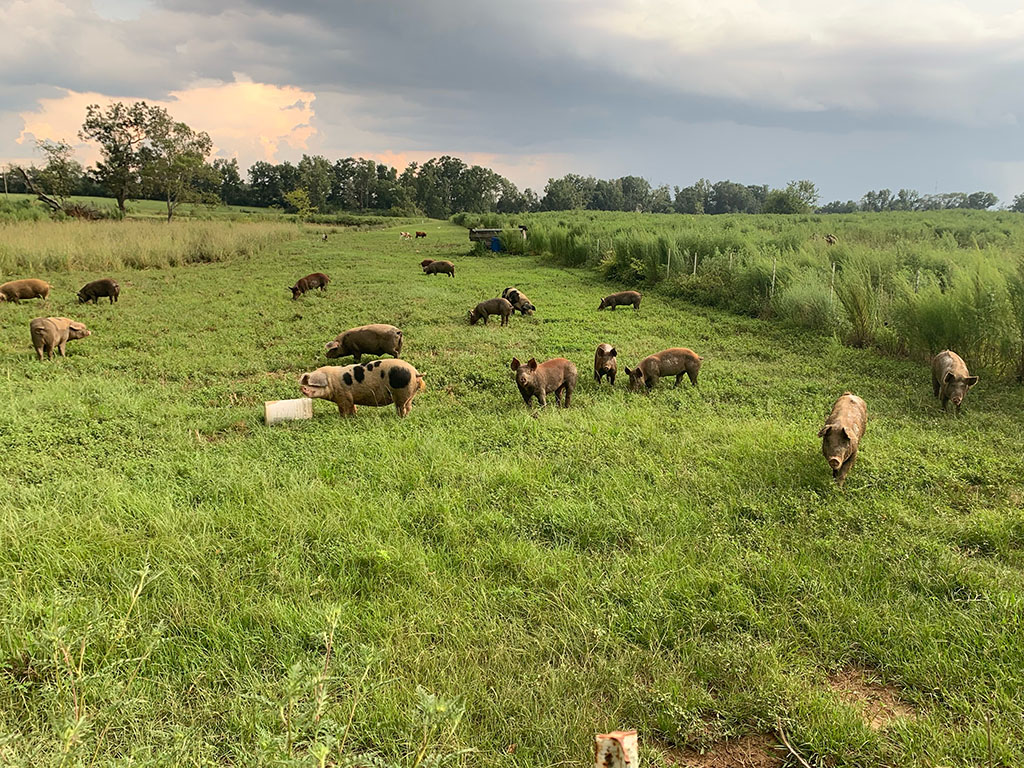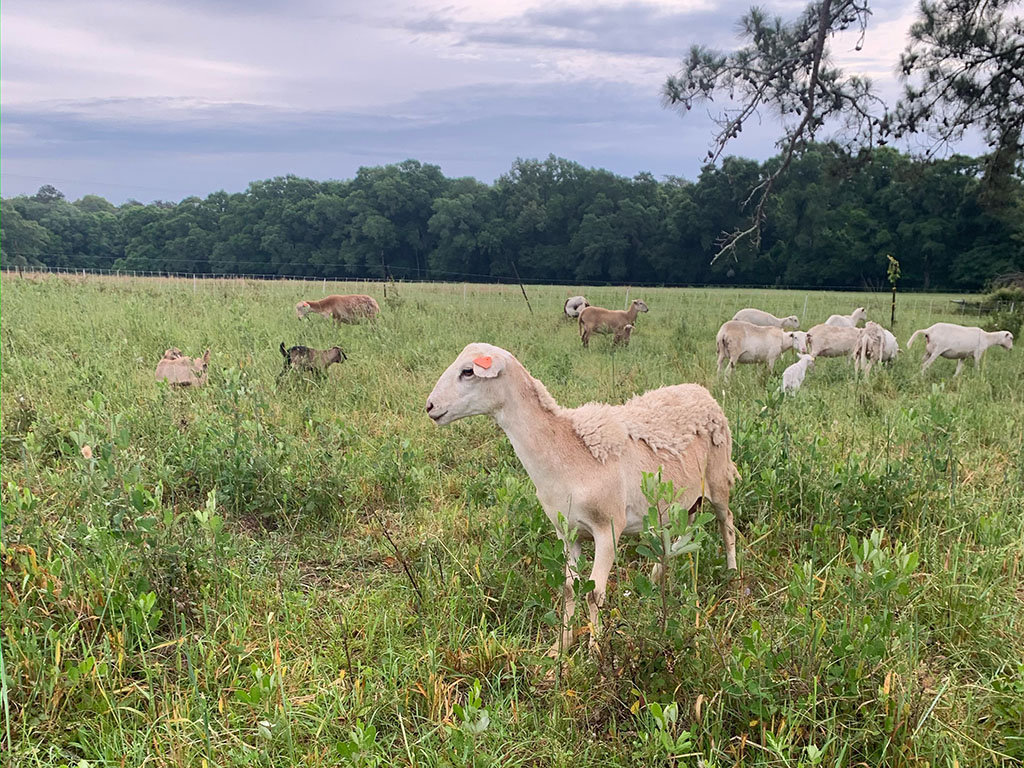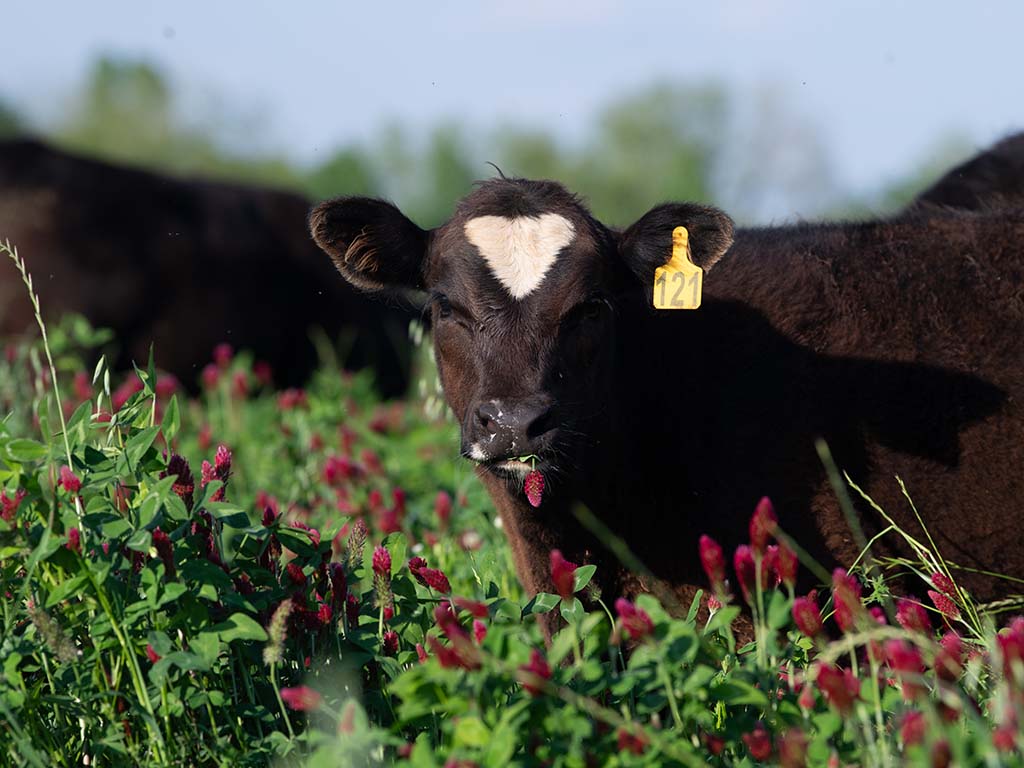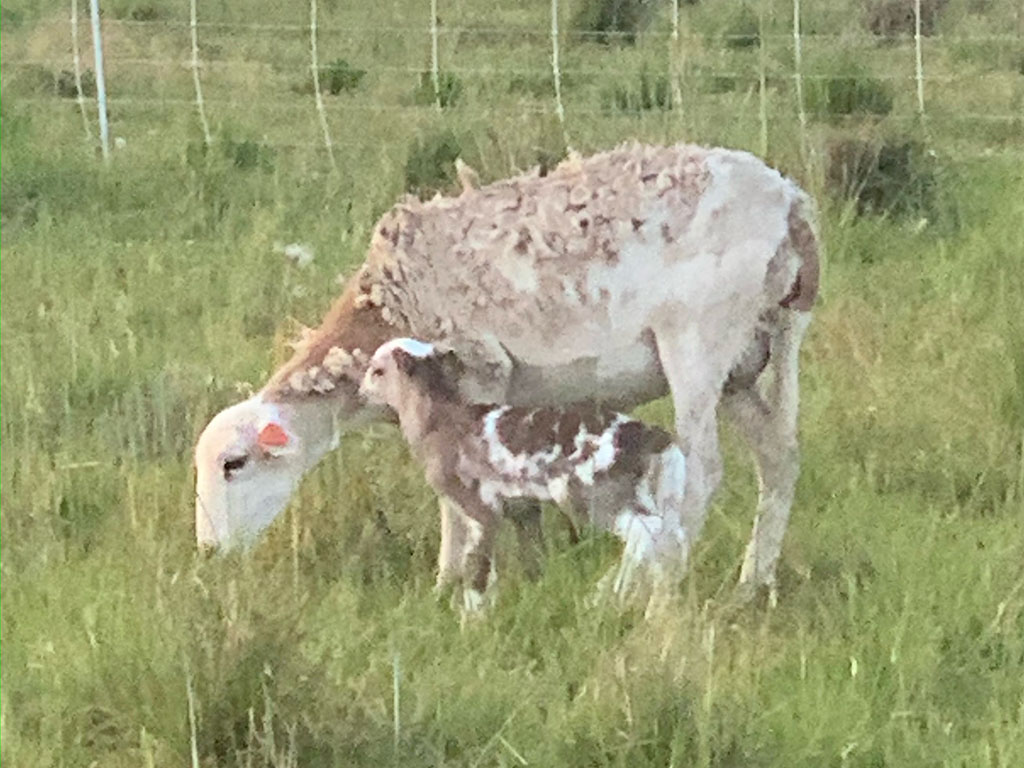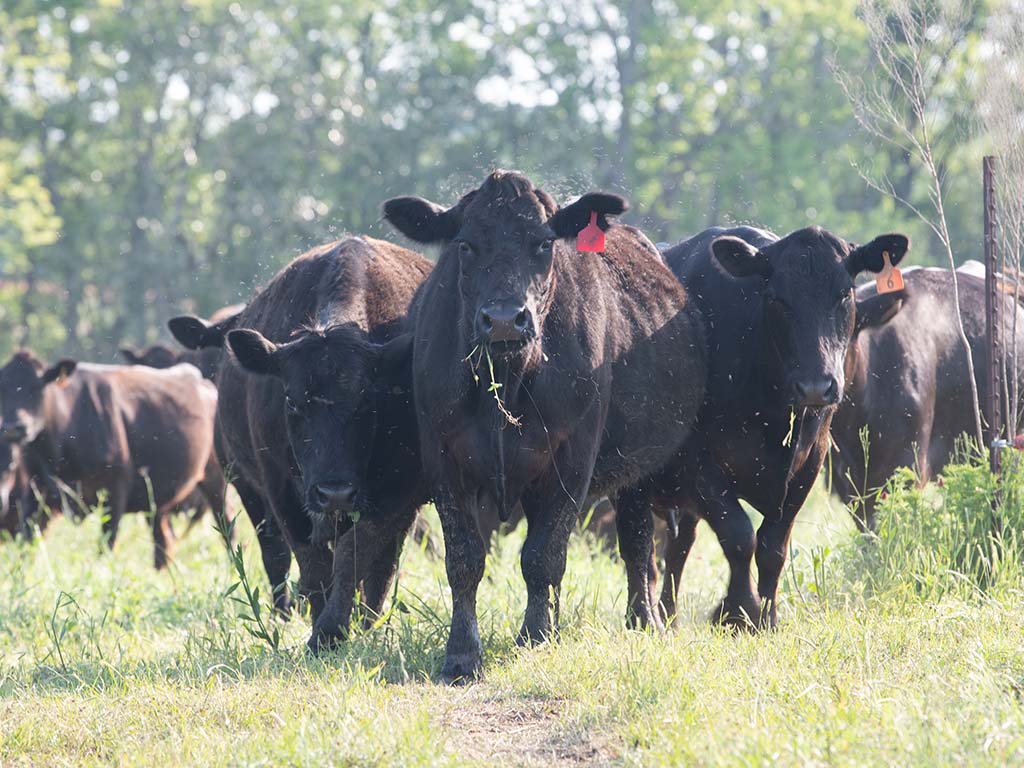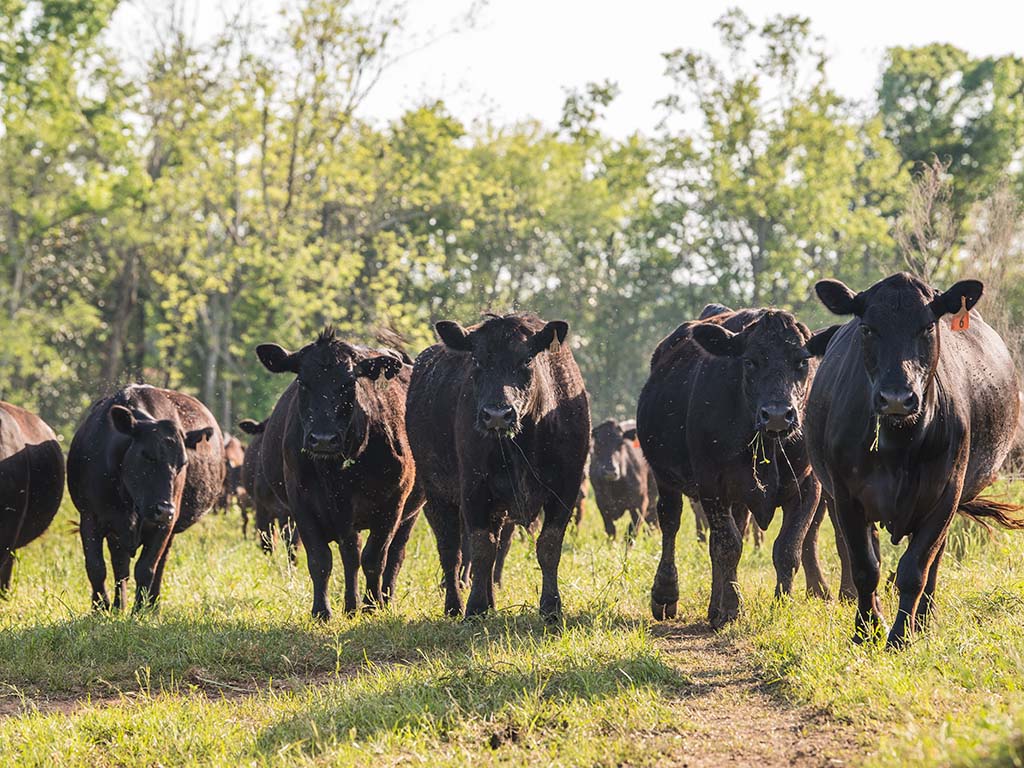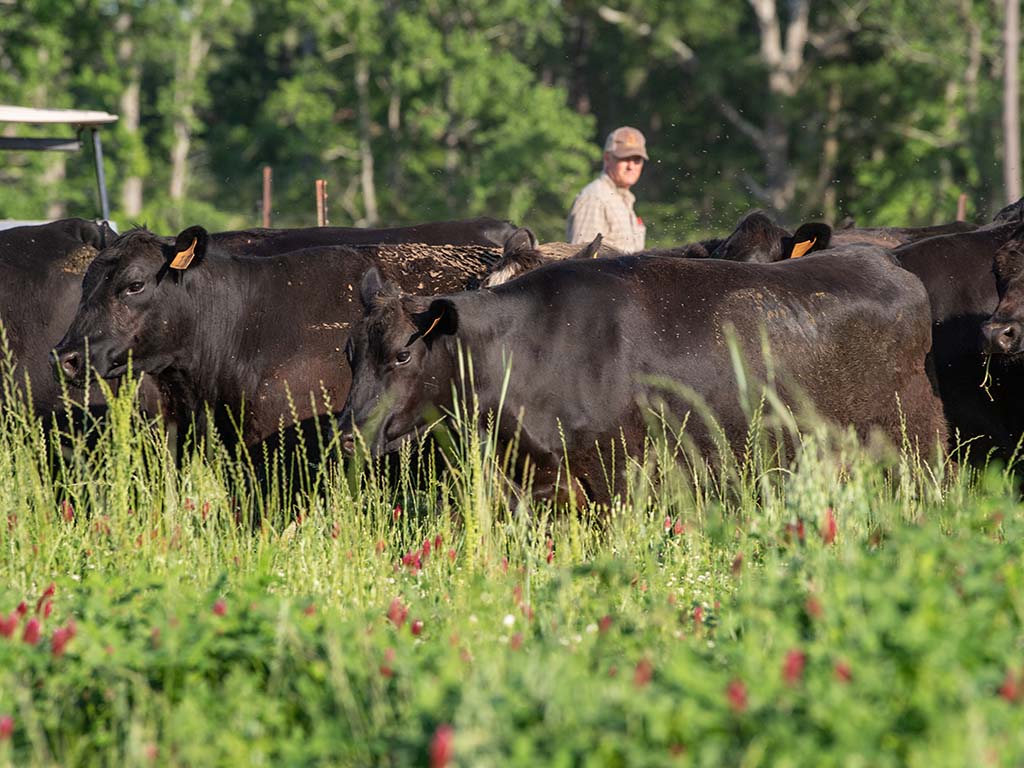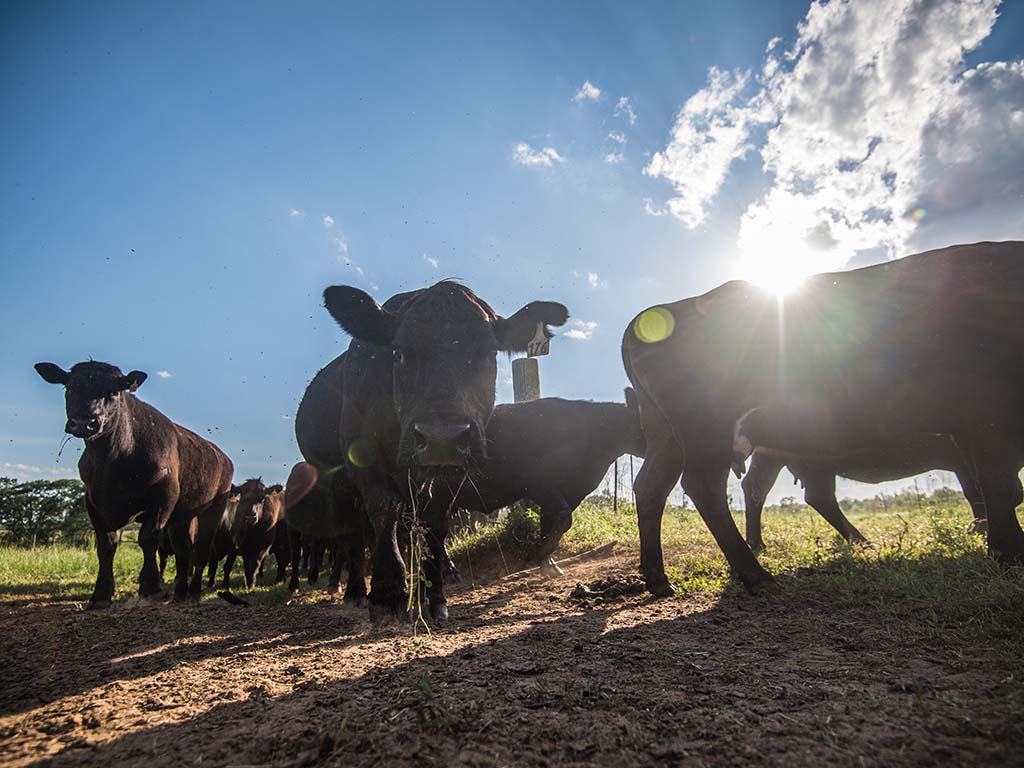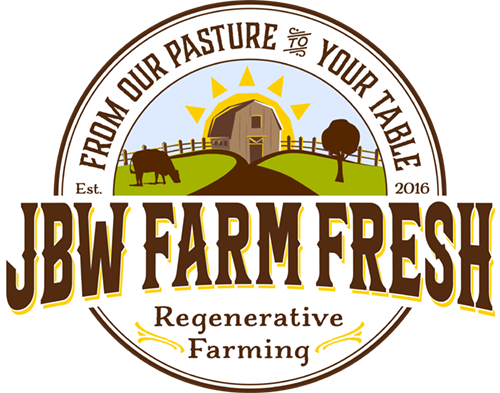Committed to providing some of the best farm products you have ever enjoyed.
What Is Regenerative Agriculture?
When you think of the ideal farm, what do you see? Rolling hills, lush crops, happy farm animals grazing on green grass under blue skies? Truth is, most of our food today doesn’t arrive from such an idealistic scene, but there’s a growing movement to change that.
When we take care of soil, it takes care of us.
And at the heart of this shift movement is regenerative agriculture, a farming system that proves what’s growing and grazing above the surface is only part of the story. What lies beneath in the soil — a balanced, complex web of beneficial microorganisms — is where the real magic occurs.
Regenerative Agriculture is a holistic land management practice that leverages the power of photosynthesis in plants to close the carbon cycle, and build soil health, crop resilience and nutrient density. Regenerative agriculture improves soil health, primarily through the practices that increase soil organic matter. In short, this farming system adopts principles and practices that aim to rehabilitate and enhance the entire farm ecosystem by placing the prime focus on soil health. Farming like this doesn’t just put the brakes on soil degradation. It actually creates carbon-rich soil and sustains life on this earth. This is regeneration. Think of it as a more closed-loop system that builds resilience practices into the farming plan to reduce the need for energy-intensive inputs that often pollute and create health threats, instead of exhausting the soil using intensive farming methods like monoculture (growing the same crop) and excessive tilling. With regenerative agriculture, we don’t have to wait for some technology to be developed to deal with the many impacts to the environment. We just have to go back to our roots …
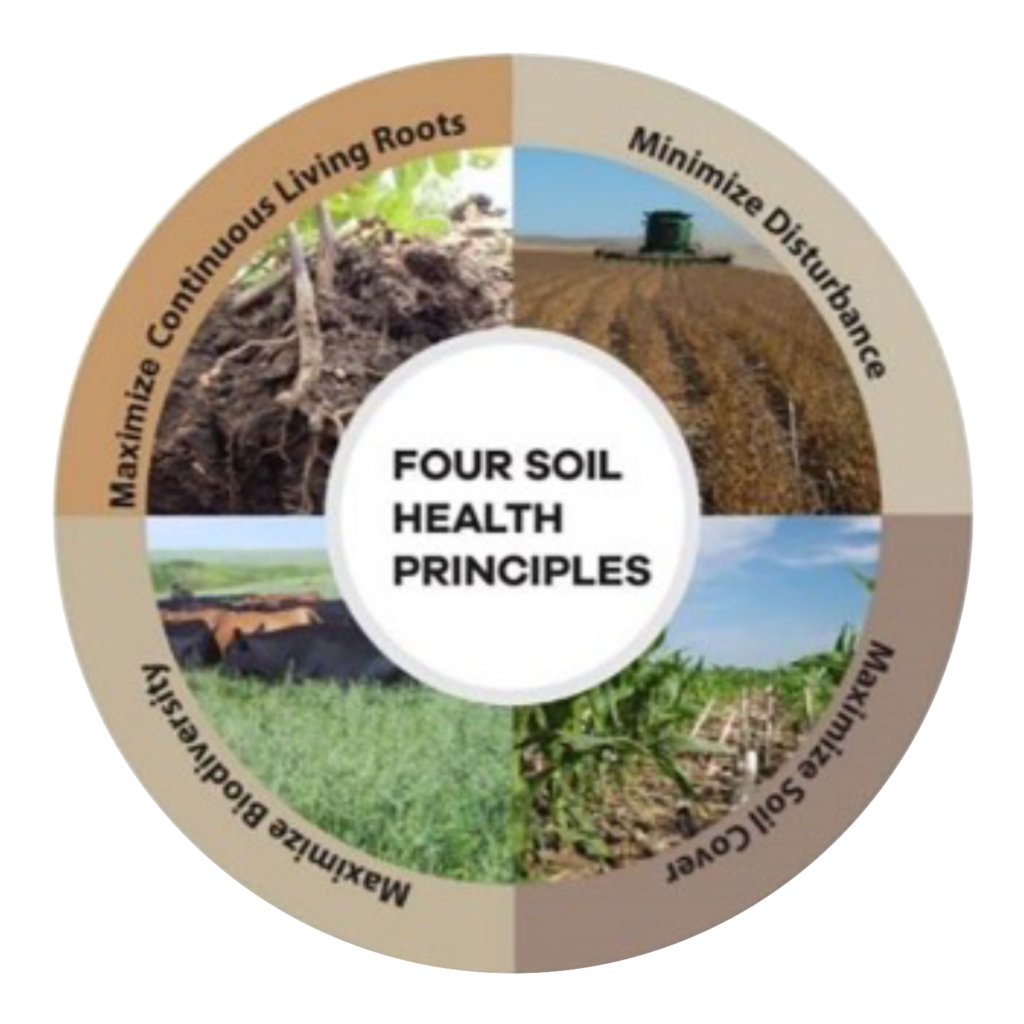
Combining the practices below helps build a more resilient farm with increased biodiversity, enriched soil, improved water quality and enhanced ecosystem services. Together, this system is better able to withstand harsh storms and droughts.
Here are some other classic hallmarks of regenerative farming practices:
- Multi species animal rotation
- Cover crops (and retaining cover crop residue)
- Holistic grazing and livestock management
- Composting
- Building biodiversity in soil and plant species
- No-till drilling
- Complexity and biodiversity
Research continues to reveal the damaging effects to soil from tillage, applications of agricultural chemicals and salt based fertilizers. Regenerative Agriculture reverses this paradigm to build for the future.
